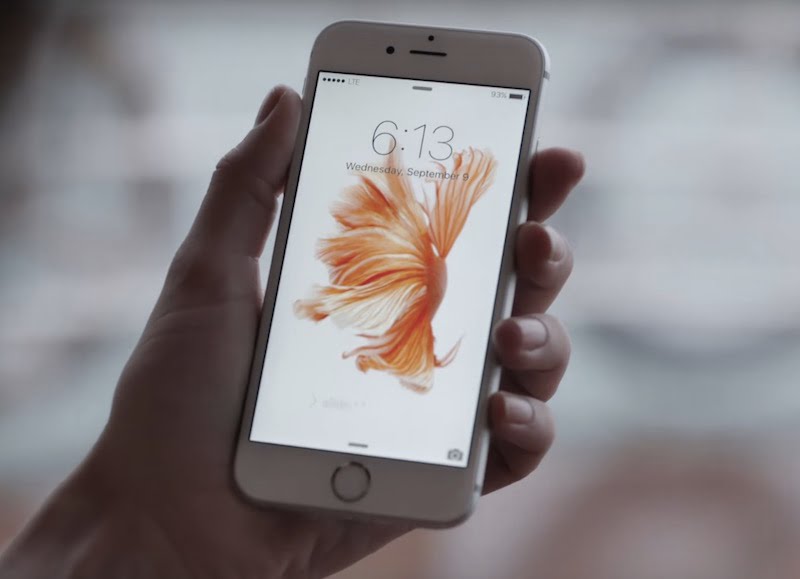OLED screens that emphasize security. The Galaxy A55 5G and Galaxy A35 5G have been made official on time. The successors to the most popular mid-range duo of 2023 have more in common than ever before.

For starters the Galaxy A55 and Galaxy A35 are built around the same display – a 6.6-inch 1080x2340px Super AMOLED panel with 120 Hz refresh rate. They also share a 5,000mAh battery with 25W charging support and Samsung’s new Key Island design language. However, the Galaxy A55 has a frame made of metal, whereas the Galaxy A35 has a frame made of plastic. In a major upgrade over their predecessors, both phones have glass on the front and rear. Gorilla Glass Victus+ is likely used on both the front and back of the Galaxy A55, while it is only used on the front of the Galaxy A35 (no official word on the glass material used on the back). On the Galaxy A54 and A34, Gorilla Glass Victus+ is said to be twice as scratch-resistant as Gorilla Glass 5. The official Samsung Galaxy A55 5G and A35 5G are more secure. The Galaxy A55 5G has an AMD RDNA2-based Xclipse 530 GPU and the Exynos 1480 SoC. It can be paired with either 128 GB or 256 GB of storage and either 8 GB or 12 GB of RAM. In contrast, the Galaxy A35 settles for the older Exynos 1380 that the Galaxy A54 used. You can choose between 6 GB or 8 GB of RAM and 128 GB or 256 GB of storage, and it still uses a 5nm chipset, which indicates that it is efficient. The official Samsung Galaxy A55 and A35 have identical OLED screens and Exynos chips. On the back of the Galaxy A55, there is a 32MP f/2.2 selfie camera, a 50MP f/1.8 main camera with optical image stabilization (OIS), a 12MP f/2.2 fixed-focus ultrawide camera, and a 5MP f/2.4 macro camera. The Galaxy A35 5G has a 13MP front-facing camera with f/2.2, a 50MP main camera with f/1.8, an 8MP ultrawide camera with f/2.2 fixed focus, and a 5MP macro camera with f/2.4. Samsung Galaxy A55 5G in Samsung Galaxy A55 5G in
Samsung Galaxy A55 5G in Awesome Iceblue, Awesome Lemon, Awesome Lilac, and Awesome Navy
Samsung Knox Vault makes its debut on the A series with the Samsung Galaxy A55 and Galaxy A35. It is a physically isolated hardware-based secure execution environment that is isolated from the processor and memory. It protects the most important data on your device, like PIN codes, passwords, and patterns for the lock screen. It also protects the phone’s encryption keys.
Samsung’s standalone Knox is also installed, and you get the opt-in Auto Blocker, which can stop suspicious app installations, scan for malware, and block malicious commands.













